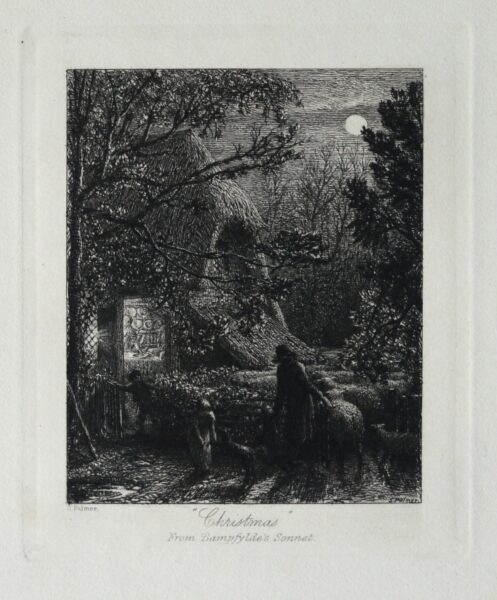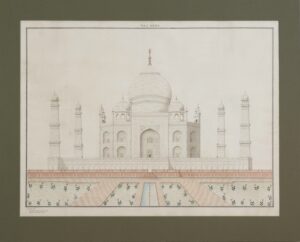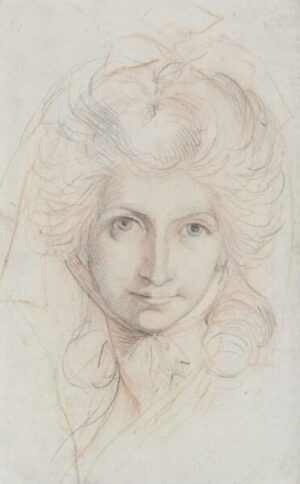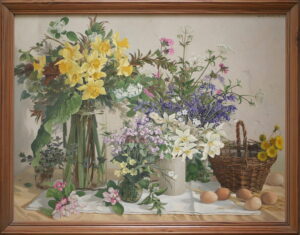Description
Etching: 1850. The plate signed. First published state, 1882, lettered with Palmer’s name and the title “Christmas” From Bampfylde’s Sonnet. On laid paper.
The theme is from a sonnet by John Codrington Bampfield (1754-96)
…Old Christmas comes to close the wanèd year,
And aye the shepherd’s heart to make right glad;
Who, when his teeming flocks are homeward had,
To blazing hearth repairs, and nut brown beer;
And views, well-pleas’d the ruddy prattlers dear
Hug the grey mongrel; …
1st Letter: From A.H.P to G.R. Dated 16th September 1881 (end of letter missing). In the letter he talks of completing the Memoir in time to accompany the exhibition of his fathers work at the Fine Art Society in the Autumn.
2nd Letter: From A.H.P to G.R. Dated 14th November 1883. Thanking G.R. for his kind remarks in connection with the Memoir and describing the processes in which the book was made. He calls on G.R’s help for information about ” the delightful old days,” to include in a new version of a Memoir he is working on.
Brand
Palmer, Samuel (1805-1881)
Palmer became an artist at an early age, at 14 he had exhibited at the British Institution, sold a landscape and had three works hung in the Royal Academy. At 17 he met the artist John Linnell, later to become his father in-law, who guided and mentored him and introduced him to William Blake, who influenced his work throughout his life.
Palmer became the leader of a group of young artists called the 'Ancients', his good friend George Richmond was also a member. During the 1820s Palmer went to live in the Kent village of Shoreham, which he called ‘Valley of Vision’ and it was here, living together with fellow Ancients, that he produced some of his most celebrated romantic landscapes combining visionary imagery with a highly detailed study of nature. It was when he left Shoreham that he went on his travels to Wales and the Wye Valley and after marrying Hannah Linnell, to Italy. Palmer’s spirituality, his relationship and attitudes to rural life shaped his work.
His personal life was marred with tragedy and turmoil. He had 3 children with his wife, daughter of John Linnell, only one of which survived. Palmer was distraught after the death of his eldest son at 19, and never fully recovered, blaming himself for pushing his son too much. Palmer’s relationship with Linnell became strained due to their differences over religion and politics and resentment over his continued financial support.
Palmer received little critical attention during his lifetime but posthumously has been more widely recognised. His work featured in ‘Watercolour’, an exhibition at Tate Britain (Feb-Aug 2011).



